Introduction
Cooking large bones, such as beef shanks, pork neck bones, or lamb legs, can be a rewarding yet challenging endeavor. These cuts, rich in collagen and connective tissue, require specific techniques to transform them from tough and chewy to melt-in-your-mouth tender. The key lies in understanding the science of meat tenderization and leveraging methods that break down tough fibers while infusing depth of flavor. This article explores tried-and-true strategies, from slow braising to modern sous-vide, ensuring your next bone-centric dish becomes a culinary triumph. Whether you’re a home cook hosting a dinner party or a weeknight meal prepper, mastering large bones will elevate your cooking repertoire.
Choosing the Right Bones
Not all bones are created equal. The first step to success is selecting the appropriate cut for your recipe. Beef shank, for example, is ideal for braising due to its high collagen content, which converts to gelatin during cooking, yielding a luxurious texture. Pork neck bones, often overlooked, offer a balance of meat and fat, perfect for soups and stews. When shopping, look for bones with visible marbling—small veins of fat that promise moisture and flavor. Fresh bones should have a mild, metallic scent; avoid those with a sour or ammonia-like odor, indicating spoilage.
Butchers and supermarkets often sell bones pre-cut, but requesting specific sizes can optimize cooking. Larger pieces retain moisture better during slow cooking, while smaller chunks are suited for quick-cooking methods like grilling. For budget-conscious cooks, bones are an economical choice, as their intense flavor compensates for the minimal meat.
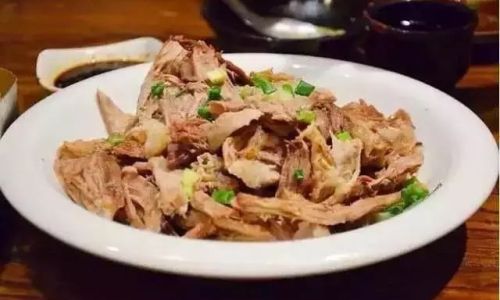
Preparation: The Foundation of Flavor
Proper preparation ensures even cooking and maximizes flavor absorption. Start by rinsing bones under cold water to remove impurities. Pat them dry with paper towels—this step is crucial for achieving a golden sear later. For recipes like osso buco, trussing the meat with kitchen twine maintains its shape during cooking.
Marinating is a game-changer for tough cuts. Acidic ingredients like vinegar, wine, or citrus juice tenderize meat by breaking down proteins, while herbs, garlic, and spices impart complexity. A classic marinade for pork bones might combine soy sauce, brown sugar, garlic, and ginger, while beef bones could benefit from red wine, rosemary, and thyme. Marinate for at least 4 hours, or overnight in the refrigerator, for maximum impact.
Cooking Methods: Low and Slow Wins the Race
The golden rule for tenderizing large bones is low heat and prolonged cooking. Here’s a breakdown of effective techniques:
Braising: The Classic Approach
Braising involves searing the meat to develop flavor, then simmering it in liquid until tender. To braise:
- Preheat your oven to 300°F (150°C).
- Sear the bones in a Dutch oven with oil until browned on all sides.
- Sauté aromatic vegetables like onions, carrots, and celery.
- Deglaze the pan with wine or broth, scraping up browned bits.
- Add liquid (broth, tomatoes, or water) to cover the bones halfway.
- Cover and braise for 3–4 hours, or until the meat pulls away from the bone.
The result? Fork-tender meat in a rich, reduced sauce. For a twist, add dried porcini mushrooms or anchovies during braising for umami depth.
Slow Cooker Magic
A slow cooker simplifies the process. After searing the bones, transfer them to the cooker with vegetables, liquid, and seasonings. Cook on low for 8–10 hours. This method is foolproof for busy cooks, as the prolonged moisture prevents drying out.
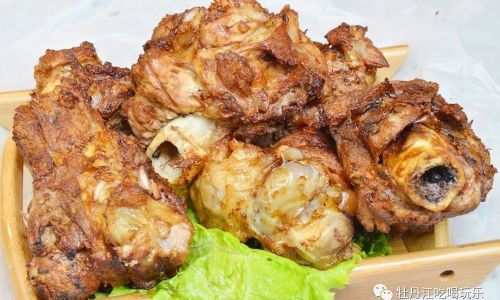
Pressure Cooker Precision
Modern pressure cookers slash cooking time without sacrificing tenderness. After searing, add liquid and cook under high pressure for 45–60 minutes. Natural release ensures the meat remains succulent.
Grilling and Smoking: For a Charred Twist
While unconventional, grilling large bones can yield crispy, caramelized results. Parboil the bones first to tenderize, then grill over indirect heat, basting with barbecue sauce. Smoking at low temperatures (225°F/107°C) for 6–8 hours imparts a smoky flavor while rendering fat.
Seasoning and Flavor Profiles
Seasoning is where creativity shines. A simple salt-and-pepper rub allows the meat’s natural flavor to dominate, while bold spices like cumin, paprika, or chili flakes add heat. For global flair, experiment with:
- Asian-inspired: Five-spice powder, star anise, and soy sauce.
- Mediterranean: Oregano, lemon zest, and olives.
- Latin American: Chipotle peppers, lime, and cilantro.
Don’t forget aromatics: bay leaves, garlic, and fresh herbs elevate the dish. A splash of vinegar or citrus at the end brightens rich sauces.
Serving Suggestions and Side Dishes
Large bones deserve equally hearty accompaniments. Classic pairings include:
- Mashed Potatoes: Creamy and absorbent, they soak up savory juices.
- Polenta: Its soft texture contrasts with crispy skin (if grilled).
- Crispy Bread: For mopping up braising liquid.
- Gremolata: A chopped herb garnish (parsley, lemon zest, garlic) adds freshness.
For a modern twist, serve bones over cauliflower puree or with roasted root vegetables.
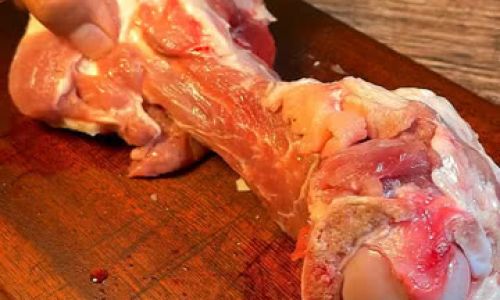
Common Mistakes to Avoid
Even seasoned cooks stumble. Here’s how to sidestep pitfalls:
- Skipping the Sear: Browning caramelizes sugars, adding depth. Don’t rush this step.
- Using Too Little Liquid: Bones should be partially submerged; too little liquid risks burning.
- Overcooking: While slow cooking is key, overdoing it can shred the meat into mush.
- Ignoring Rest Time: Letting meat rest 10–15 minutes post-cooking redistributes juices.
The Science Behind Tenderness
Collagen, a protein in connective tissue, is the enemy of tenderness—until it’s cooked. At 160°F (71°C), collagen begins to dissolve into gelatin, a process that peaks around 180°F (82°C). Slow cooking maintains this temperature range, ensuring maximum gelatinization. Acidic ingredients lower the pH, speeding up collagen breakdown. This is why marinades and wine-based sauces are so effective.
Advanced Techniques: Sous-Vide and Fermentation
For the adventurous, sous-vide cooking offers precision. Vacuum-seal bones with seasonings and cook at 165°F (74°C) for 24–48 hours. The result? Unparalleled tenderness. Fermented ingredients like kimchi or miso paste can also tenderize, adding a tangy kick.
Conclusion
Large bones, once relegated to stews, are now a canvas for culinary innovation. By embracing slow cooking, strategic seasoning, and a dash of patience, you can transform these humble cuts into dishes that dazzle. Whether you’re braising, grilling, or experimenting with sous-vide, the goal remains the same: to coax out the hidden tenderness and flavor that make large bones a timeless delight. So fire up the oven, grab your Dutch oven, and let the magic unfold—one tender, succulent bite at a time.
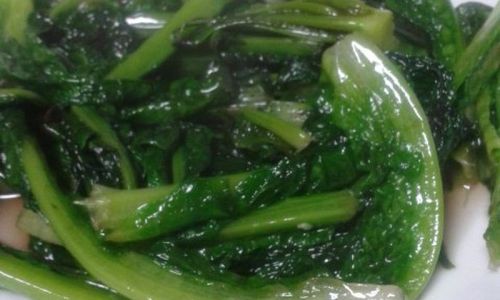
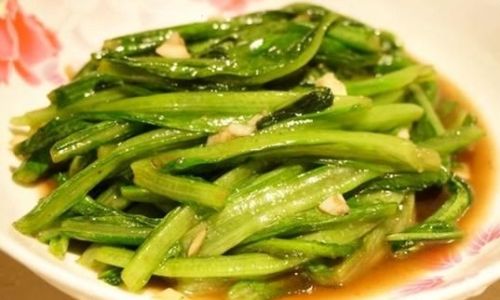


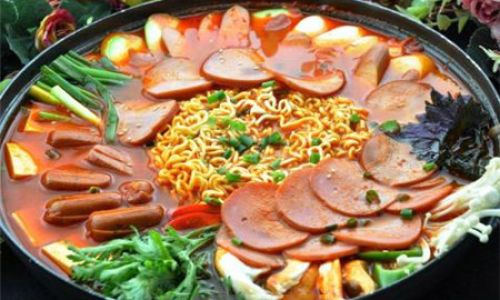
0 comments